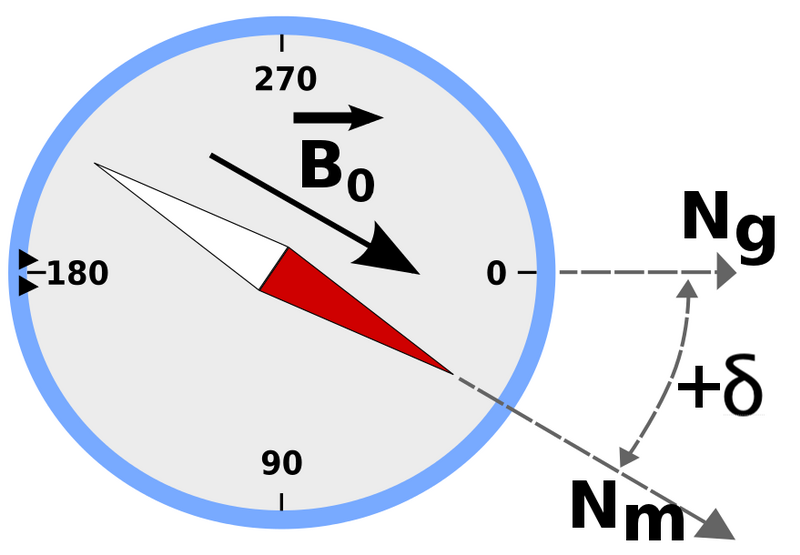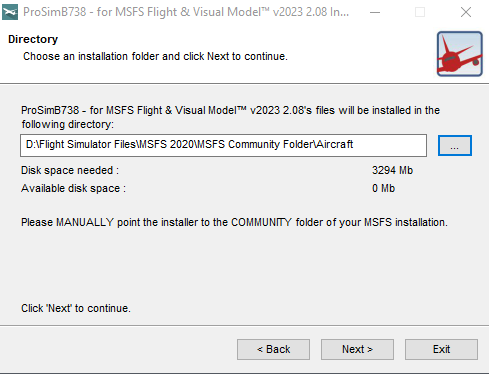Throttle Quadrant Rebuild - Flaps Lever Uses String Potentiometer
/Flaps lever set to Flaps 30. The throttle quadrant is from a Boeing 737-500 airframe. The flaps lever arc is the curved piece of aluminium that has has cut-out notches that reflect the various flap positions. It was beneath this arc that micro-buttons had been installed
There are several ways to enable the flaps lever to register a particular flaps détente when the flaps lever is moved to that position on the flaps arc.
In the earlier conversion, the way I had chosen worked reasonably well. However, with constant use several inherent problems began to develop.
In this article, we'll examine the new system. But before going further, I'll briefly explain the method that was previously used.
Overview of Previously Used System
In the earlier conversion, nine (9) micro-buttons were used to register the positions of the flaps lever when it was moved (Flaps UP to Flaps 40).
The micro-buttons were attached to a half moon shaped piece of fabricated aluminium. This was mounted beneath the flaps lever arc and attached to the quadrant. Each micro-button was then connected to an input on a PoKeys 55 interface card. Each input corresponded to an output.
Calibration was straightforward as each micro-button corresponded to a specific flaps position.
Problems
The system operated reasonably well, however, there were some problems which proved the system to be unreliable. Namely:
(i) The vertical and lateral movement of the chain located in the OEM throttle quadrant interferred with the micro-buttons when the trim was engaged; and,
(ii) The unreliability of the PoKeys 55 interface card to maintain an accurate connection with the micro-buttons.
Movement of OEM Chain
The chain, which is similar in appearance to a heavy duty bicycle chain, connects between two of the main cogs in the throttle quadrant. When the aircraft is trimmed and the trim wheels rotate, the chain revolves around the cogs. When the chain rotates there is considerable vertical and some lateral movement of the chain, and it was this movement that caused three micro-buttons to be damaged; the chain rubbed across the bottom section of the micro-buttons, and with time the affected buttons became unresponsive.
First Officer side of a disassembled throttle quadrant (prior to cleaning and conversion). The large notched cog is easily seen and it's around this cog that the OEM chain rotates (the chain has been removed)
It took some time to notice this problem, as the chain only rotates when the trim buttons are used, and the micro-buttons affected were primarily those that corresponded to Flaps 5, 10 and 15. The chain would only rub the three micro-buttons in question when the flap lever was being set to Flaps 5, 10 or 15 and only when the trim was simultaneously engaged.
The cog and chain resides immediately beneath the flaps arc (removed, but is attached to where you can see the four screws in the picture).
Although there appears to be quite a bit of head- space between the cog and the position where the flaps arc is fitted, the space available is minimal. Micro-buttons are small, but the structure that the button sits is larger, and it was this structure that was damaged by the movement of the chain (click to enlarge).
An obvious solution to this problem would be to move the chain slightly off center by creating an offset, or to fabricate a protective sleeve to protect the micro-buttons from the movement of the chain. However, the design became complicated and a simpler solution was sought.
To read more about the earlier system: 737 Throttle Quadrant - Flaps UP to 40; Conversion and use.
Replacement System
Important criteria when designing a new system is: accuracy, ease of installation, calibration, and maintenance. Another important criteria is to use the KIS system. KIS is an acronym used in the Australian military meaning Keep It Simple.
The upgraded system has improved reliability and has made several features used in the earlier system redundant. These features, such as the QAMP (Quick Access Mounting Plate) in which linear potentiometers were installed, have been removed.
String Potentiometer Replaces Micro-buttons
Single-string potentiometer enables accurate calibration of flaps UP to flaps 40. The potentiometer is mounted on a customised bracket screwed to the First Officer side of the throttle quadrant superstructure. The terminal block in the image is part of the stab trim wheel system
A Bourns single-string potentiometer replaced the micro-buttons and previously used linear potentiometers. The string potentiometer is mounted to a custom-designed bracket on the First Officer side of the throttle quadrant. The bracket has been fabricated from heavy duty plastic.
A string potentiometer was selected ahead of a linear potentiometer because the former is not limited in throw; all the flap détentes can be registered from flaps UP through to flaps 40. This is not usually possible with a linear potentiometer because the throw of the potentiometer is not large enough to cater to the full movement of the flaps lever along the arc.
A 'string' is also very sensitive to movement, and any movement of the string (in or out) can be accurately registered.
Another advantage, is that it's not overly important where the potentiometer is mounted, as the string can move across a wide arc, whereas a linear potentiometer requires a straight direction of pull-travel.
Finally, the string potentiometer is a closed unit. This factor is important as calibration issues often result from dust and grime settling on the potentiometer. A closed unit for the most part is maintenance free.
To read more about string potentiometers and their advantages: String Potentiometers: Are They Worthwhile.
The end of the potentiometer string is attached to the lower section of the flaps lever. As the flaps lever moves along the arc, the string moves in and out of the potentiometer.
The ProSim737 software has the capability to calibrate the various flap détentes. Therefore, calibration using FSUIPC is not required. However, if ProSim737 is not used, then FSUIPC will be needed to calibrate the flap détente positions.
Advantages
Apart from the ease of calibration, increased accuracy, and repeatability that using a string potentiometer brings, two other advantages in using the new system is not having to use a Pokeys 55 card or micro-buttons.
Unreliability of PoKeys 55 Interface Card
The PoKeys card, for whatever reason, wasn't reliable in the previous system. There were the odd USB disconnects and the card was unable to maintain (with accuracy and repeatability) the position set by the micro-buttons.
I initially replaced the PoKeys card, believing the card to be damaged, however, the replacement card behaved in a similar manner. Reading the Internet I learned that several other people, who also use ProSim737 as their avionics suite, have had similar problems.
Micro-buttons can and do fail, and replacing one or more micro-buttons beneath the flaps arc is a time-consuming process. This is because the upper section of the throttle quadrant must be completely dismantled and the trim wheels removed to enable access to the flaps arc.
Registering the Movement of the Flaps Lever in Windows
The movement of the flaps lever, prior to calibration must be registered by the Windows Operating System. This was done using a Leo Bodnar 086-A Joystick interface card. This card is mounted in the Throttle Interface Module (TIM). The joystick card, in addition to the flaps lever, also registers several other button and lever movements on the throttle quadrant.
Final Call
The rebuild has enabled a more reliable and robust system to be installed that has rectified the shortfalls experienced in the earlier system. The new system works flawlessly.
This article displays links to the majot journal posts concerning the 737 throttle: OEM Throttle Quadrant.
Acronyms and Glossary
OEM - Original Aircraft Manufacture (real aircraft part).











































